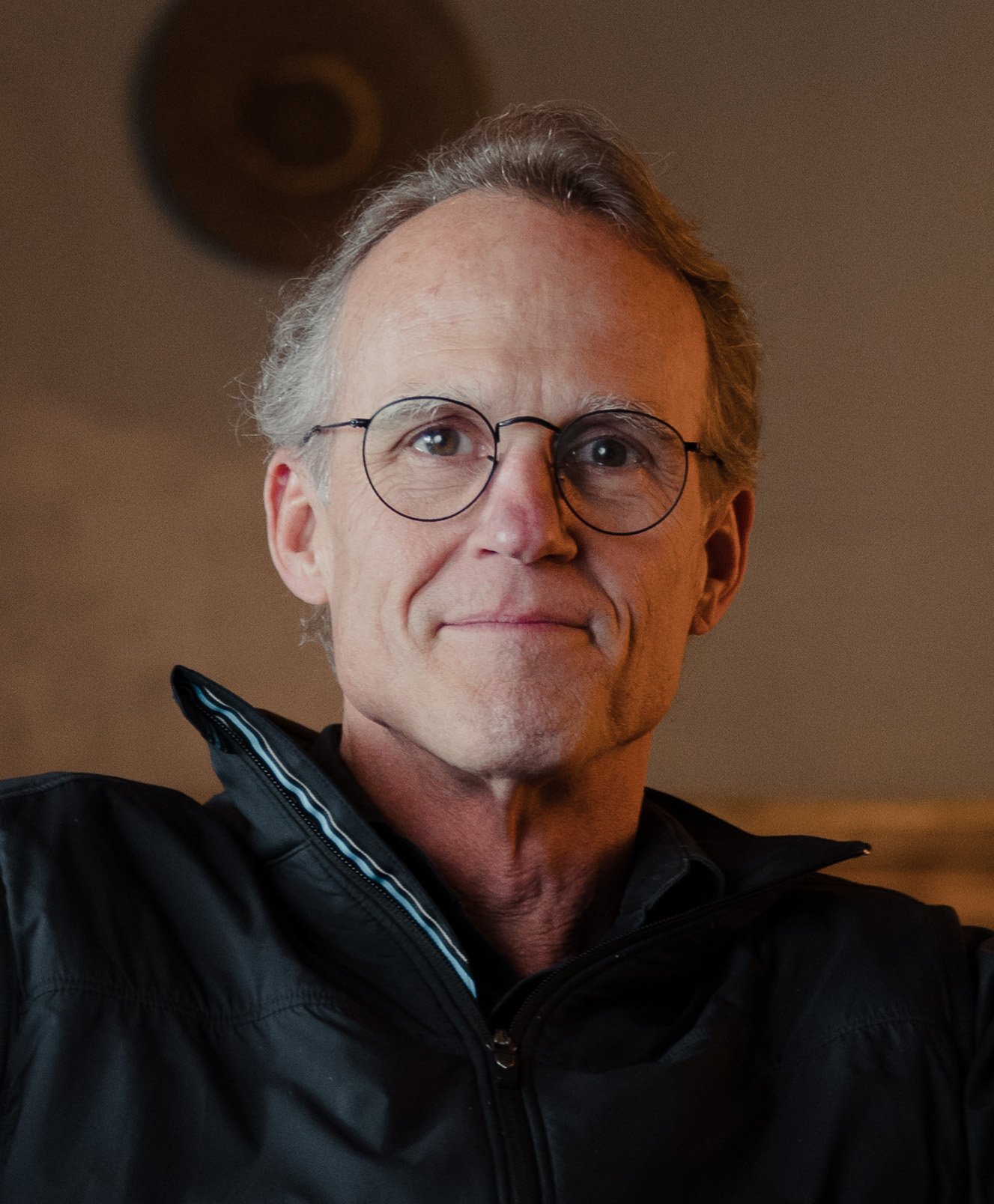The 20-Mile March: The Compounding Effect of Consistency
I still work with a handful of coaching clients, and after this past annual season, one lesson stood out above the rest. While it’s not a groundbreaking discovery, it’s a fundamental truth so many of us often overlook. Shane Parrish of Farnam Street captures it best when he says, “You don’t need more time. You need more focus.”
Think about that for a second: We tell ourselves we need just one more hour, one more day, one more quarter to get things right. But building, running, and scaling a great company isn’t about working harder. It’s about working smarter. It’s about shifting from bursts of excellence to the quiet discipline of sustained effort — the kind of effort that can turn our vision into reality, one step at a time.

Time isn’t the constraint. Your choices are.

Shane Parrish
Farnam Street
As an executive coach, founder, and someone with forty-something years in the workplace, I’ve seen way too many leadership teams fall into the trap of mistaking what Parrish refers to as “occasional brilliance” for progress. They have moments of intense clarity and days when everything clicks, the team is aligned, and the results flow. But then the energy fades, other priorities creep in, and discipline wavers. Rather than making steady, compounding progress, they start over again and again.
Their problem isn’t ability. It’s consistency.
Why Consistency Wins
The story of Robert Falcon Scott’s and Roald Amundsen’s race to the South Pole is one of the greatest case studies in leadership discipline. Two teams. Two strategies. Two radically different outcomes.
One team, led by Scott, relied on bursts of effort, pushing hard on good days and resting on bad ones. They fell behind, got caught in unpredictable weather, and ultimately perished.
The other team, led by Amundsen, committed to a relentless, disciplined pace of 20 miles every single day, no more, no less, regardless of the conditions. Amundsen’s team reached the South Pole first and later returned safely.
This is the essence of high-performance execution. It’s not about surges of productivity or short bursts of intense effort. It’s about setting a deliberate, steady pace you can sustain over the long haul.
You don’t win because you’re brilliant one single day. You win because you refuse to break the chain of consistency.
Case Study #1: Breaking the Boom-Bust Cycle
A team I coached recently was in the procurement and distribution business. Their biggest problem wasn’t that they couldn’t generate strong months. It was that their great months created messy leftovers that dragged them down afterward.
Every time they had a stellar month, they were so focused on closing big deals and pushing volume that they left behind a trail of loose ends consisting of unprocessed paperwork, inventory issues, and uncollected payments. Then, the following month, they had to pause to clean up the mess, pulling their attention away from generating consistent work.
The result? Their revenue pattern looked like a rollercoaster — huge spikes followed by inevitable crashes.
Had they focused on a steady 20-mile march toward their goals, ensuring every deal was closed cleanly as they went, their business would have grown in a predictable, sustainable way. Instead, their inconsistency made their wins fragile, temporary, and ultimately exhausting for everyone involved.
Case Study #2: The High Cost of Inconsistency
Earlier in my career, I saw a pattern play out in the lending and investing business. Our New York office was notorious for running hot and cold. They would start the year strong by pushing out a high volume of loans in the first half. But then, they’d slow down in the second half, telling themselves they didn’t need the extra business.
The problem was that by the time the next year started, their pipeline was bone dry. Since they hadn’t been consistently in front of customers, the first half of the year was always a slow, painful rebuild. Then, they’d scramble to catch up in the second half, throwing money into rushed deals just to hit targets.
The worst part? The loans they made in these desperate scrambles performed significantly worse than the ones from their more disciplined offices that kept a steady pace year-round.
In contrast, our best offices didn’t rely on heroics. They didn’t binge and purge their efforts. They kept moving at a sustainable, disciplined pace.
Consistency Over Perfection
Many leaders fall into the trap of seeking the “perfect” day — one where all the stars align, distractions disappear, and productivity soars. They mistake the necessity of these days for actual progress.
But the reality is a few perfect days won’t make you successful. Consistent days will.
You can’t pick and choose when you’re going to put the work in. Building a company isn’t about convenience. Consistency every single day is what will ultimately move you closer to accomplishing your goals. As Parrish highlights, “No day is a hero; no day is a villain.” It’s not about maximizing any single moment. It’s about showing up, doing the work, and stacking the wins, no matter how small.
That’s how real progress is made.
The Choice Is Yours: Discipline or Delusion?
If you keep telling yourself you need more time, you’re fooling yourself. What you really need is more focus.
Discipline isn’t about doing more. It’s about choosing better. It’s about cutting the noise, eliminating the nonessential, and committing to a cadence that guarantees progress — even when it feels slow, even when the conditions aren’t perfect, even when it’s inconvenient.
You can keep chasing perfect days, relying on occasional brilliance, or you can embrace the truth that every great outcome is built on consistent, compounding effort.
So, what will it be?





